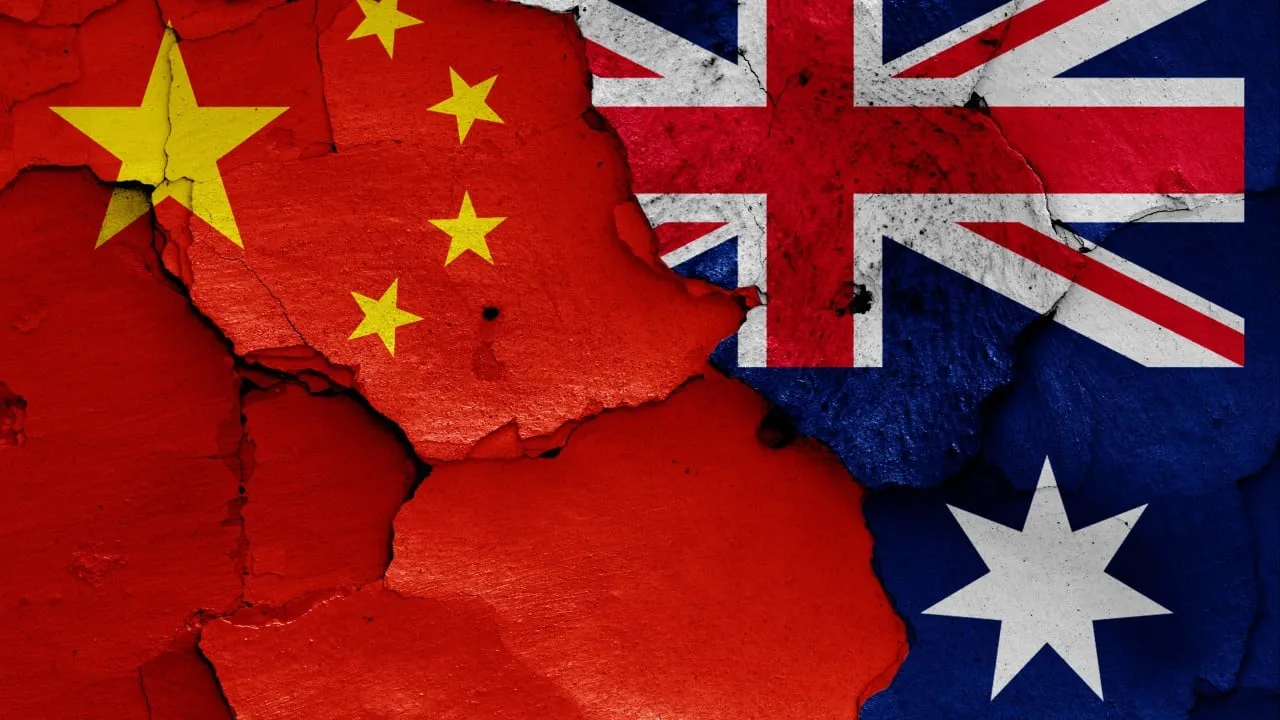Australian Government's Trade Diversification Goals Amidst Strong China Ties

Australian Government's Shift towards Trade Diversification
In the context of improving relations, the Australian government is stepping up its strategy for trade diversification. Discussions held by Treasurer Jim Chalmers in Beijing indicate a desire to explore economic opportunities beyond the Chinese market. Although China remains a key player, alternative markets, particularly in Southeast Asia, are becoming increasingly competitive.
Impact of Chinese Market on Exports
Australia's economic reliance on China is evident, with statistics showing that a significant portion of Australian exports has traditionally flowed to this market. However, with trade disruptions and supply chain issues affecting dairy products, beef, and iron ore, the Australian government is proactively encouraging exporters to look for opportunities elsewhere.
Emerging Opportunities in Southeast Asia
With ASEAN countries demonstrating rapid growth, the Australian government has launched the Southeast Asia Economic Strategy to 2040. This plan aims to increase two-way trade significantly, highlighting the region's potential.
Resource Demand and Market Dynamics
Despite challenges, particularly in iron ore exports where China's demand is declining, analysts like Simon Nicholas emphasize that securing other Asian markets is critical. The volatility of China's economic growth underscores the need for a diversified approach to avoid excessive reliance on one nation.
This article was prepared using information from open sources in accordance with the principles of Ethical Policy. The editorial team is not responsible for absolute accuracy, as it relies on data from the sources referenced.